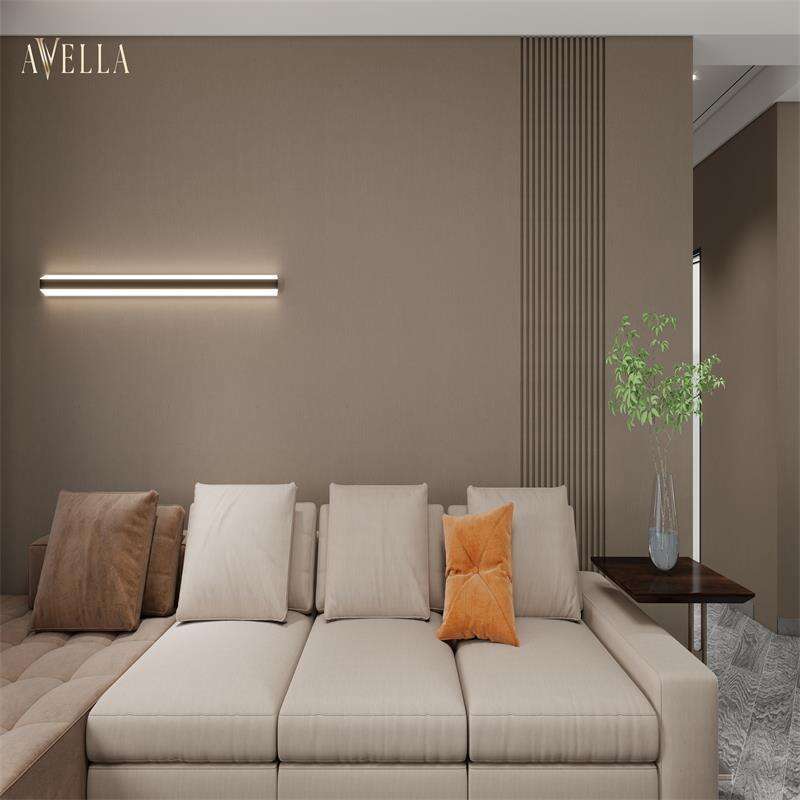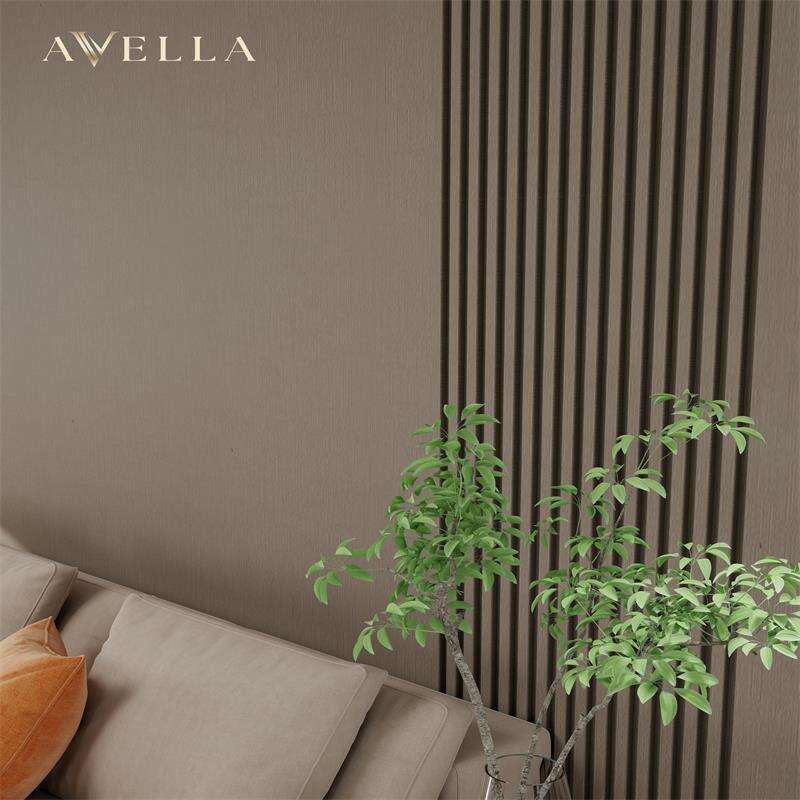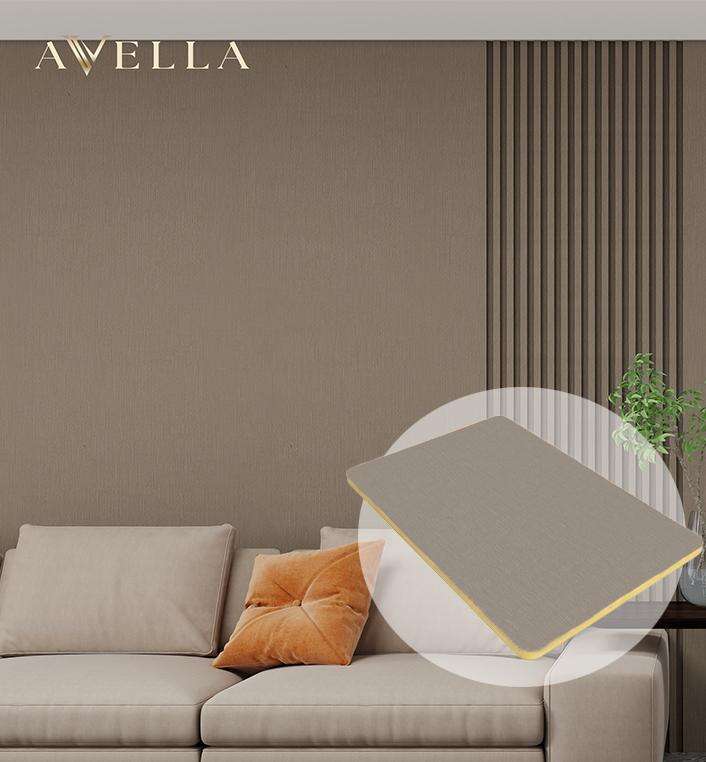wall cladding
Wall cladding represents a sophisticated architectural solution that serves both functional and aesthetic purposes in modern construction. This versatile building component acts as a protective outer layer for walls, effectively shielding the building's structure from environmental elements while enhancing its visual appeal. The system consists of carefully engineered panels or materials that are installed over existing walls, creating an additional barrier against moisture, temperature fluctuations, and external impacts. Modern wall cladding systems incorporate advanced materials such as fiber cement, metal composites, and engineered wood products, each offering specific performance characteristics. These systems typically feature integrated ventilation mechanisms that promote air circulation between the cladding and wall surface, effectively preventing moisture buildup and enhancing the building's thermal efficiency. The installation process involves precise mounting techniques using specialized fastening systems that ensure secure attachment while allowing for thermal expansion and contraction. Wall cladding solutions are extensively used in both residential and commercial construction, offering customizable options in terms of colors, textures, and patterns to meet diverse architectural requirements and style preferences.


